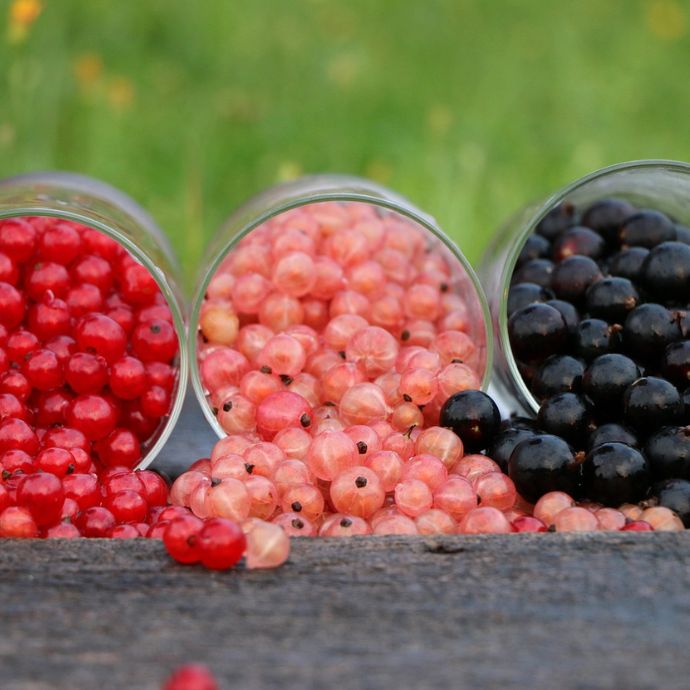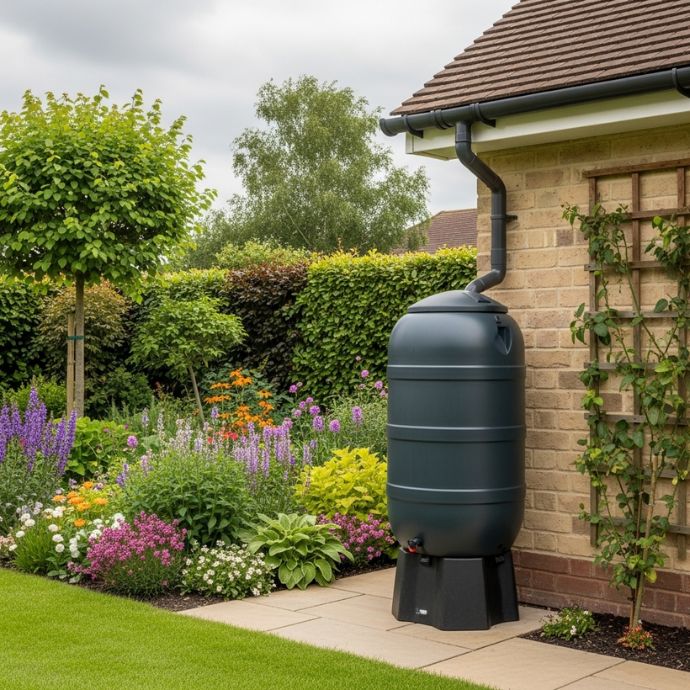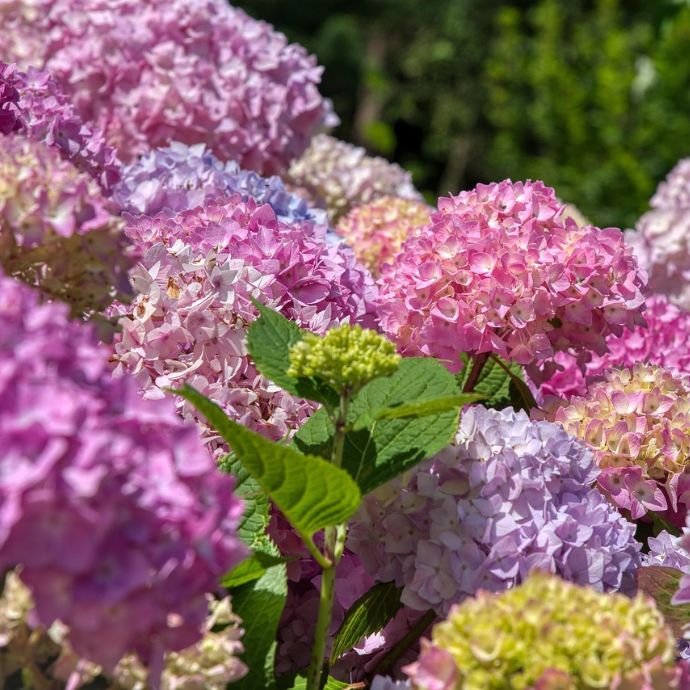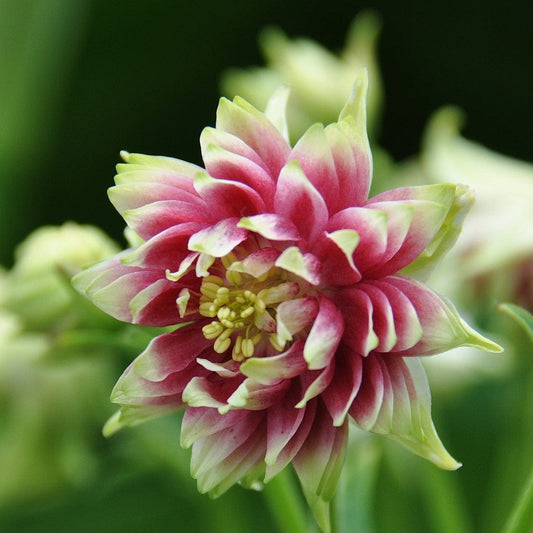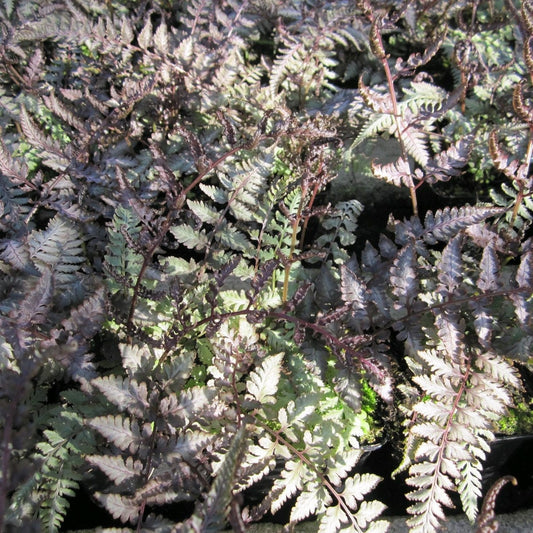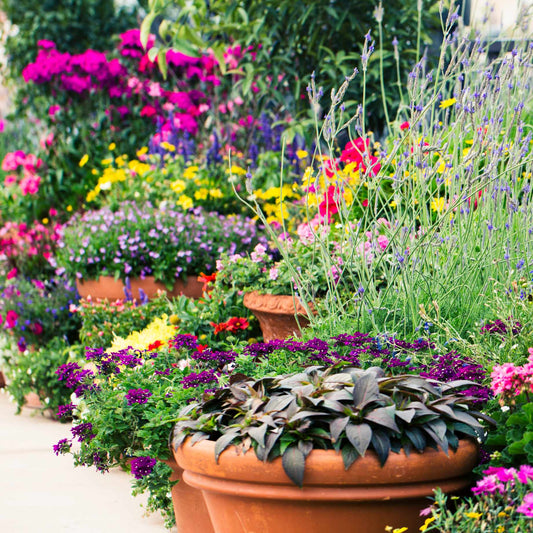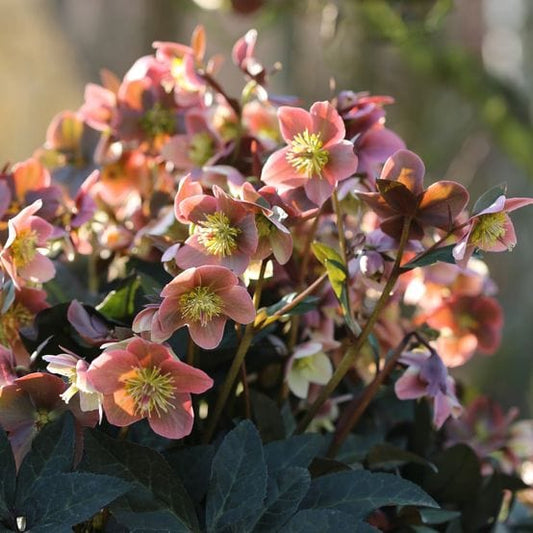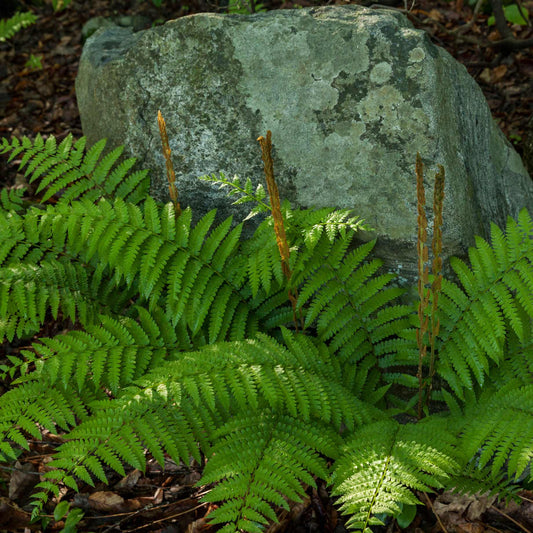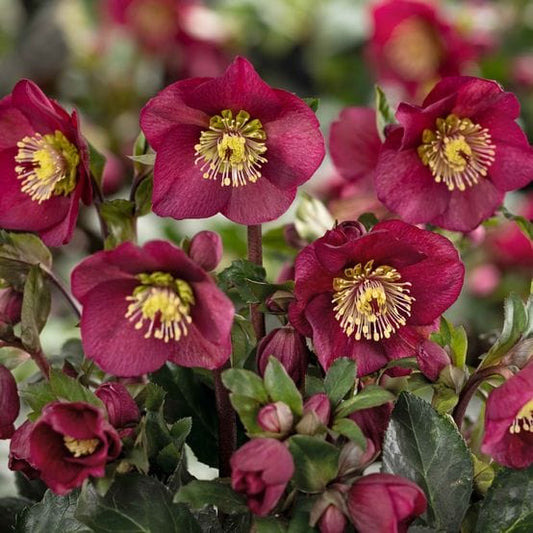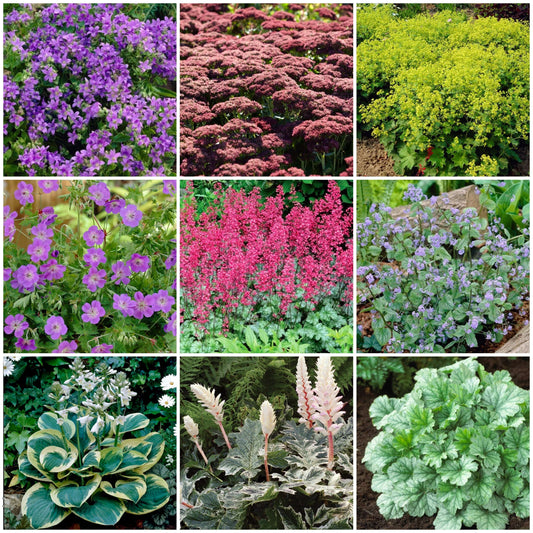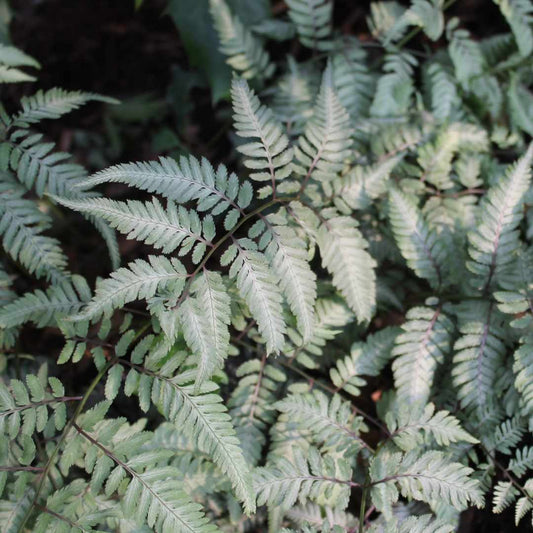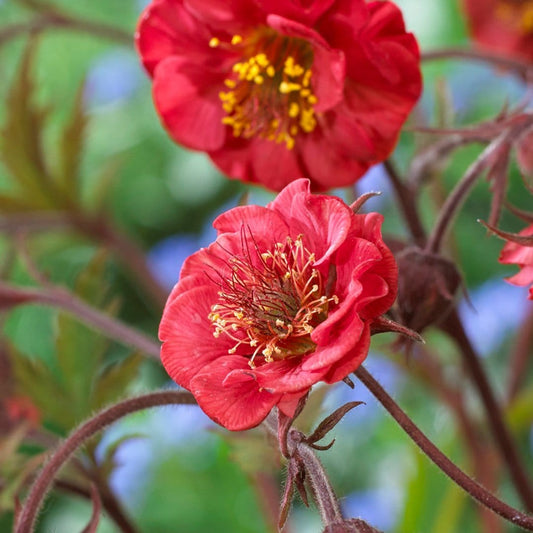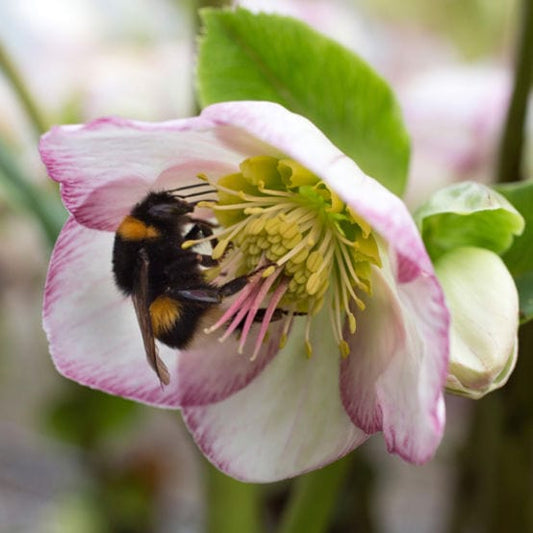How to Identify the 10 Most Common UK Garden Weeds
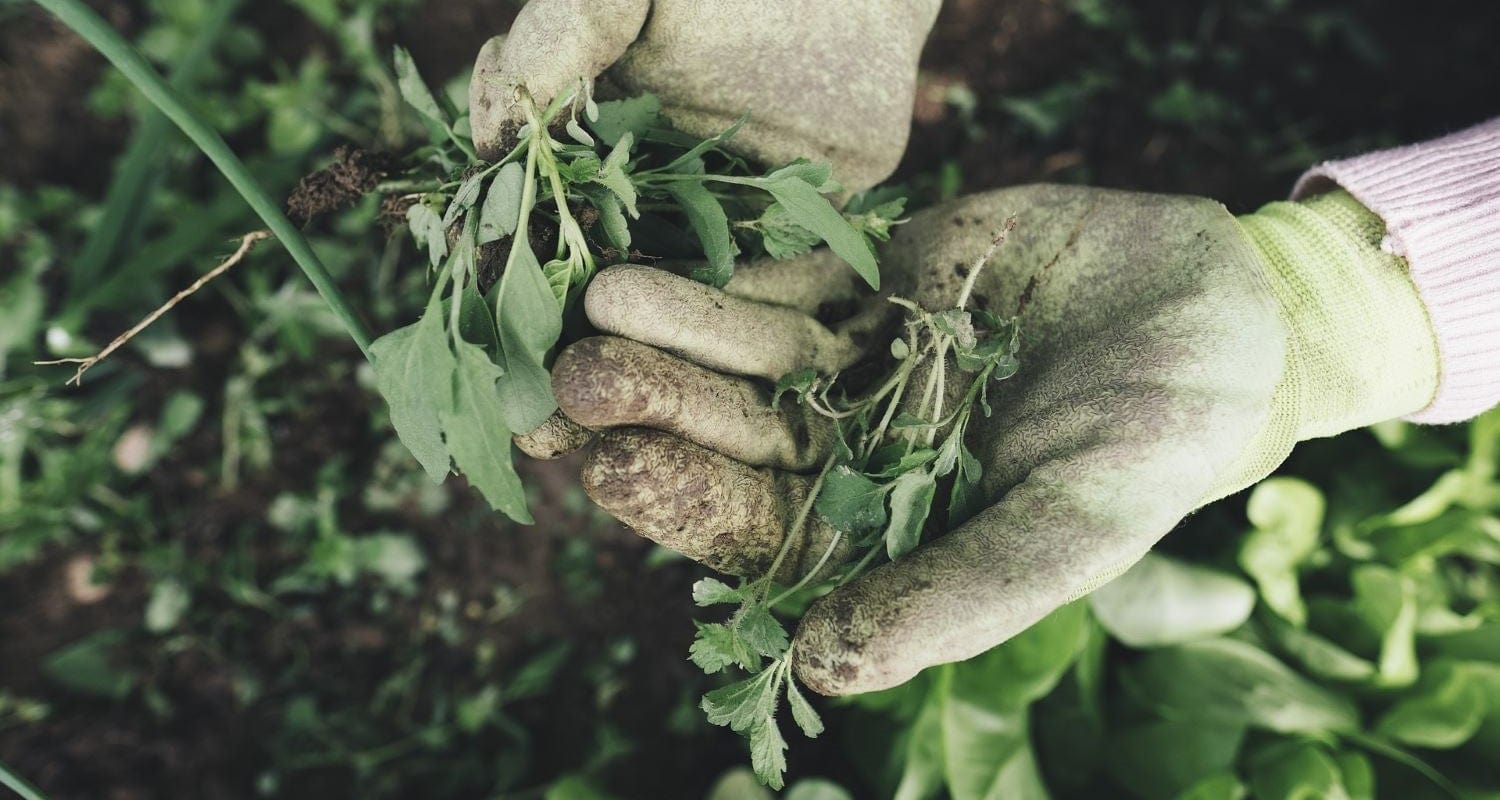
Is that plant a weed? If you’re not sure, it can be difficult to know whether to keep it or pull it. In this article you can learn about how to identify the 10 most common UK garden weeds, as well as three of the most dangerous.
Jump to:
- Chickweed
- Fat hen
- Groundsel
- Couch grass
- Goosegrass
- Dandelions
- Hairy bittercress
- Prickly milk thistle
- Oxalis
- Bugloss
- Three dangerous weeds
The ten most common UK garden weeds
1. Chickweed
Chickweed is one of the most common garden weeds. Plants grow to 5-7cm high with small white flowers. It sets seed very quickly (up to 15,000 seeds per plant) and spreads vigorously (the roots get everywhere), so should be pulled up when the plants are young. Chickweed loves damp soil, especially in spring and autumn, so you’ll need to be vigilant to stop it taking over.
What to look for:
- Small white flowers
- Up to 7cm high
- Spreads vigorously
- Loves damp soil
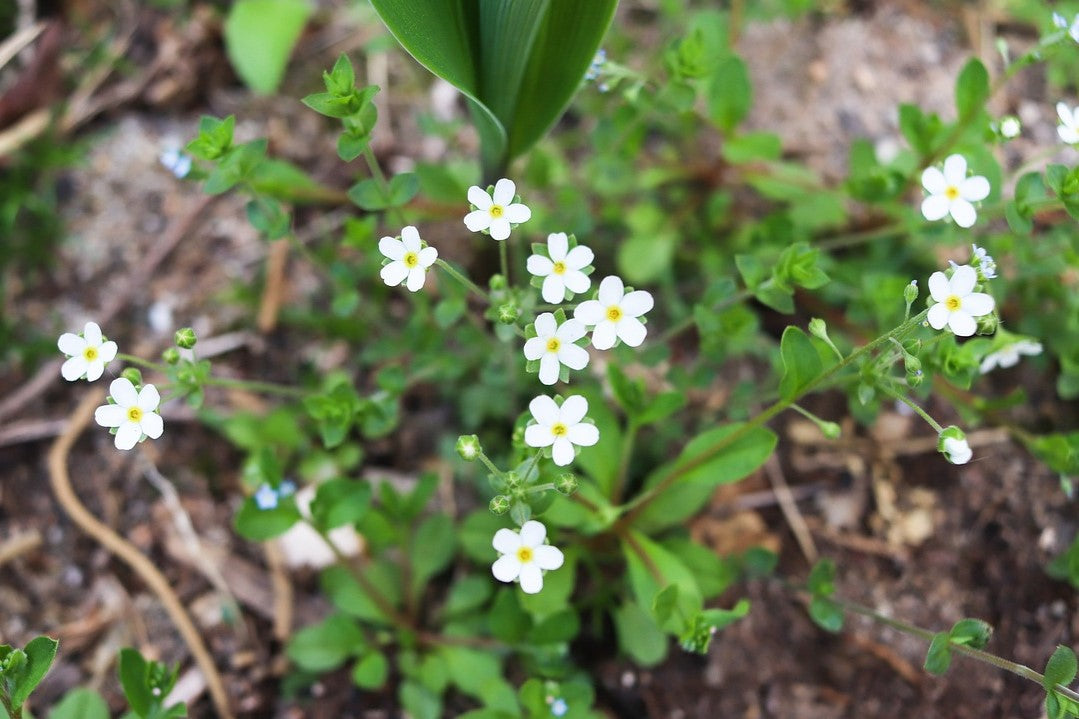
2. Fat hen
You might find fat hen in your vegetable garden or compost heap, as it loves rich soil. It has broad leaves and green-white flowers. Hoe or pull up the seedlings before they grow into large plants (27cm high). Fat hen seeds can lie dormant in the soil for up to 20 years, so keep checking for new seedlings.
What to look for:
- Large leaves
- Greenish flowers
- Up to 27cm high
- Loves fertile soil
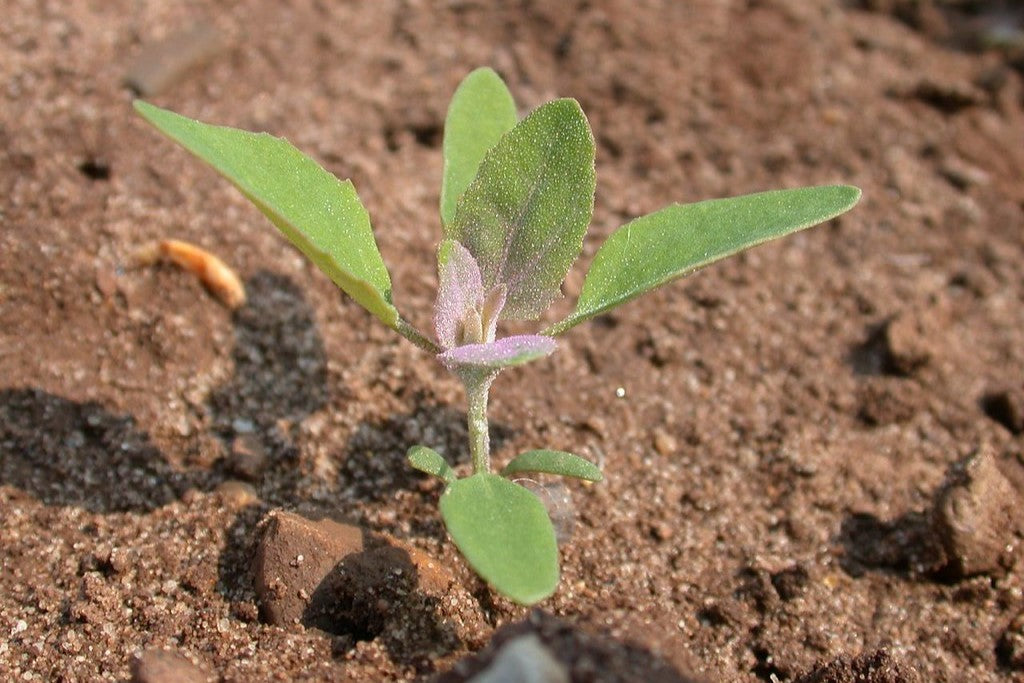
Image source: Flickr.
3. Groundsel
Groundsel can grow quite tall (up to 22cm) with flowers that look like small dandelion heads. One small plant can set hundreds of seeds which are dispersed by the wind, so if not removed, it can affect your whole garden.
Groundsel likes dry, shady areas - check around your parsnips, courgettes and cabbage. Hoe to remove the groundsel plants and check for any remaining flower heads as these can still set seed.
What to look for:
- Dandelion-like flowers
- Lobed, ragged leaves
- Up to 22cm high
- Likes dry, shady soil
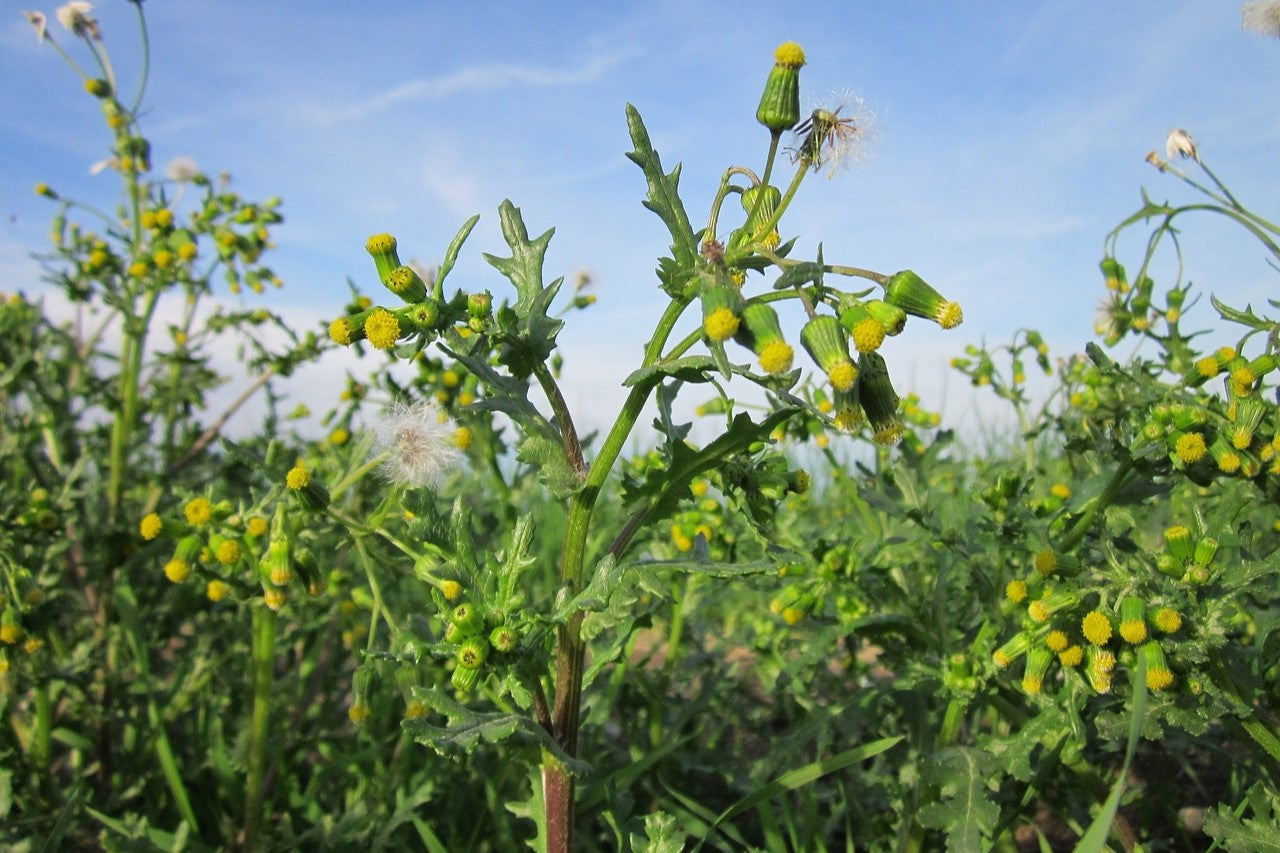
4. Couch grass
Also known as twitch or scutch grass, this looks just like a scruffy tuft of grass, but beneath the surface is a complex network of tough roots which can quickly take over a border or flower bed, tangling around the roots of shrubs and perennials if allowed to remain.
Remove it gently with a fork to make sure you’ve got all the roots out and to avoid damage to other plants around which it may be tangled.
What to look for:
- Upright, flat flower spikes
- Blade-like leaves
- Up to 1m high
- Spreads quickly via rhizomes
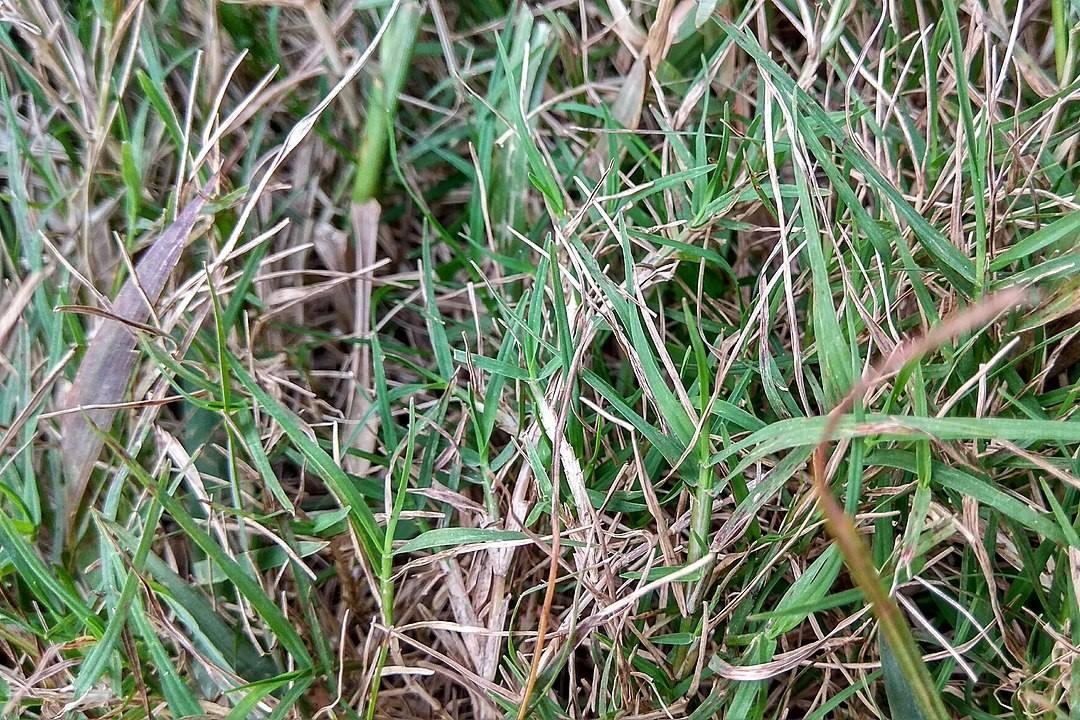
Image source: Wikimedia.
5. Goosegrass
Goosegrass - or sticky weed or cleavers - is a tall, messy-looking weed that can very quickly take over a flower bed, sticking to other plants and to your clothes - this is how it spreads its seeds! Luckily it’s easy to pull up by hand - wear gloves.
What to look for:
- Stems like Velcro
- White summer flowers (quatrefoil)
- Up to 1m high
- Easy to fork out
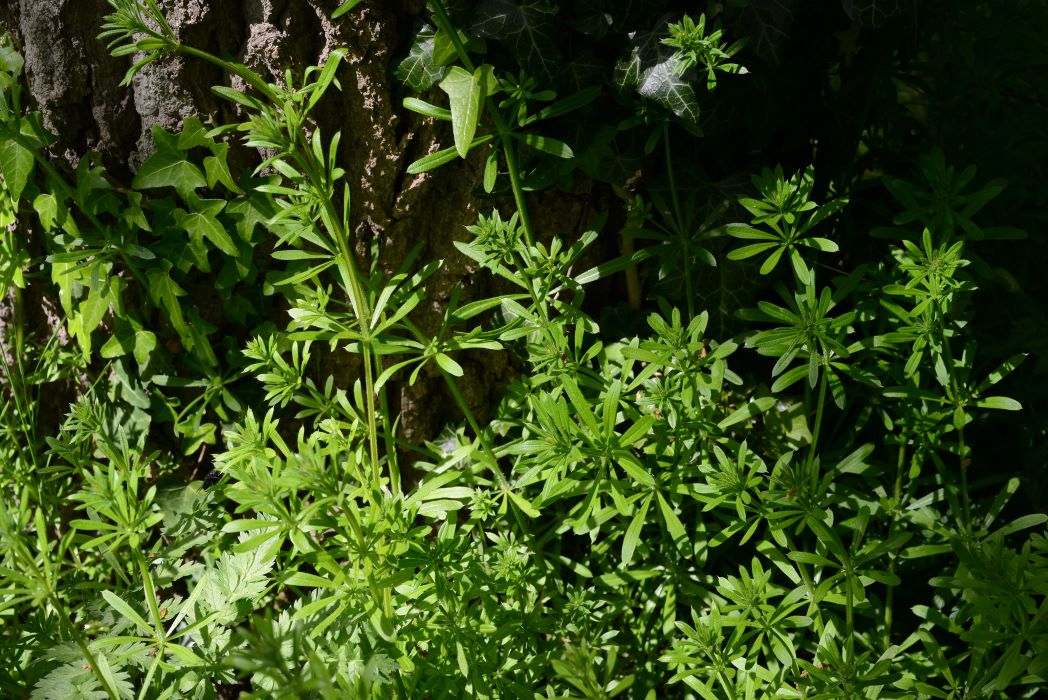
Image source: Flickr.
6. Dandelions
Dandelions get everywhere and are particularly invasive in a lawn. Leave them for the bees until the yellow flower heads die off, then remove the plants before they set seed. The best way to get rid of dandelions is by hand digging - make sure you go deep and remove the whole tap root. Check every few weeks for re-emerging plants.
What to look for:
- Distinctive yellow flower heads
- Fluffy, globular seed heads
- Up to 40cm high
- Favoured by pollinators
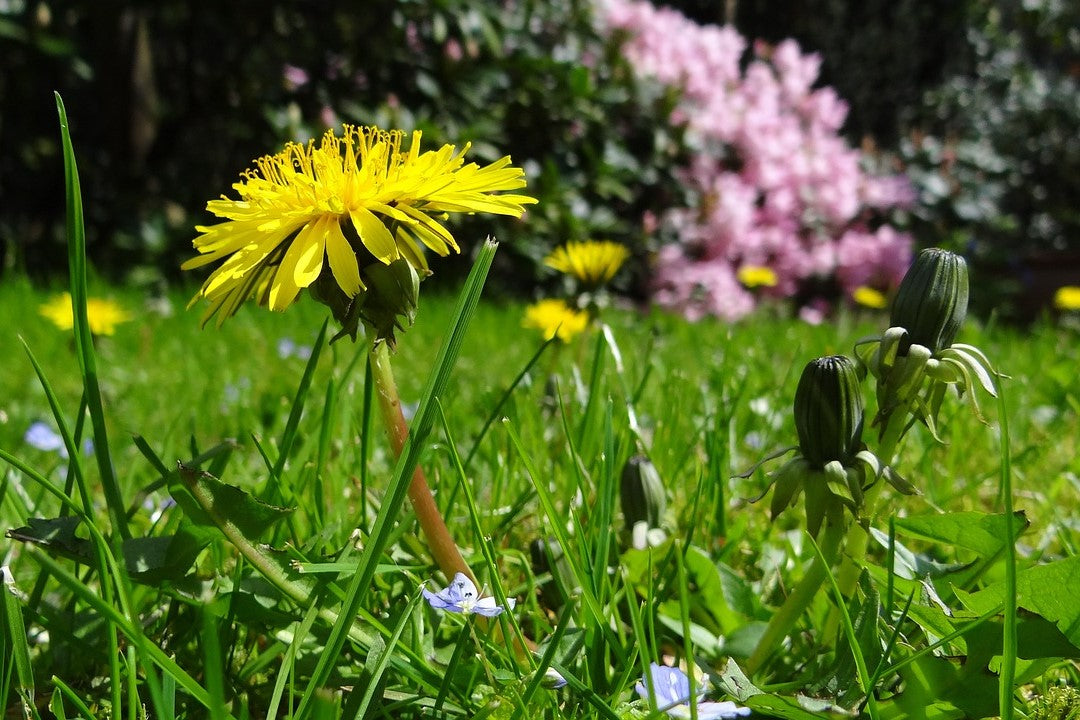
7. Hairy bittercress
Hairy bittercress is a tiny plant (3-5cm high) with little white flowers. It hides under larger plants so is easy to miss. It likes cool, moist conditions and can often be found growing in containers. Hairy bittercress launches its seeds with a kind of explosion which throws them up to a metre away, so if it isn’t controlled, this will pop up all over your garden.
What to look for
- Small white flowers in spring, summer, autumn and even winter (if mild)
- Lobed pinnate leaves
- Up to 5cm high
- Prefers moist soil and cool conditions
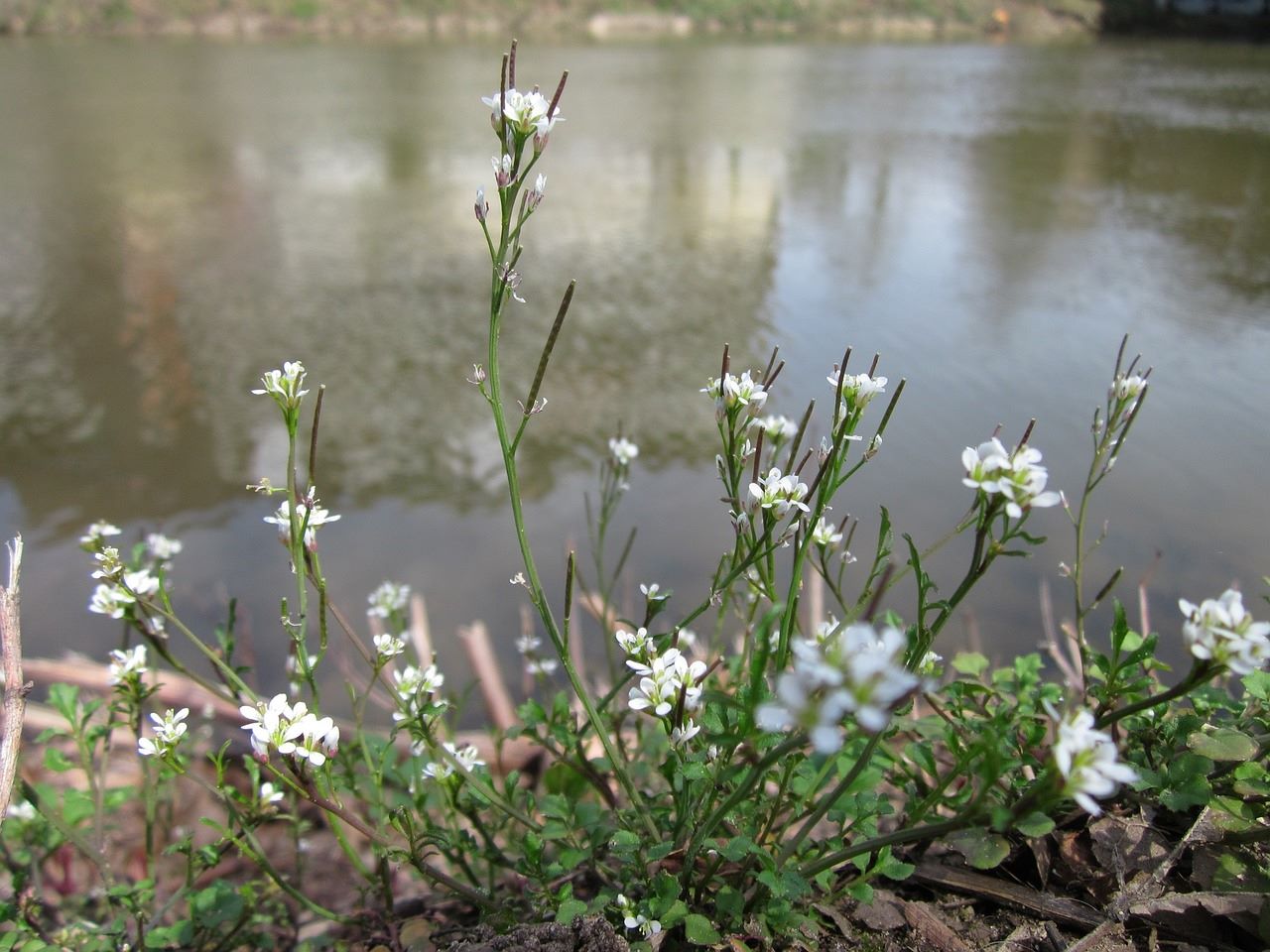
8. Prickly Milk Thistle
Like a lot of weeds, it’s best to identify and remove this one when it’s young, as milk thistle - also known as sow thistle - has a strong tap root which will be difficult to get rid of once it’s established.
Milk thistle can grow to 90cm high and has pale yellow flowers. It can set hundreds of seeds per plant. Milk thistle loves the dry, shaded areas of your garden and can hide behind other tall plants - make sure you remove all of the roots, too!
What to look for:
- Pale yellow, thistle-shaped flowers
- Deeply-lobed leaves
- Up to 90cm high
- Grows in cool, dry areas of the garden

9. Oxalis
Oxalis, also known as creeping wood sorrel, is a low-growing plant (5cm high) with tiny yellow flowers and green or dark purple leaves. It looks quite attractive, but if left alone, will multiply everywhere. Larger, less invasive varieties of oxalis (known as purple shamrock) are often sold as garden or houseplants.
What to look for:
- Dainty yellow, five-petal flowers
- Clover-like leaves
- Up to 5cm high
- Edible leaves can be used in cooking (in moderation)
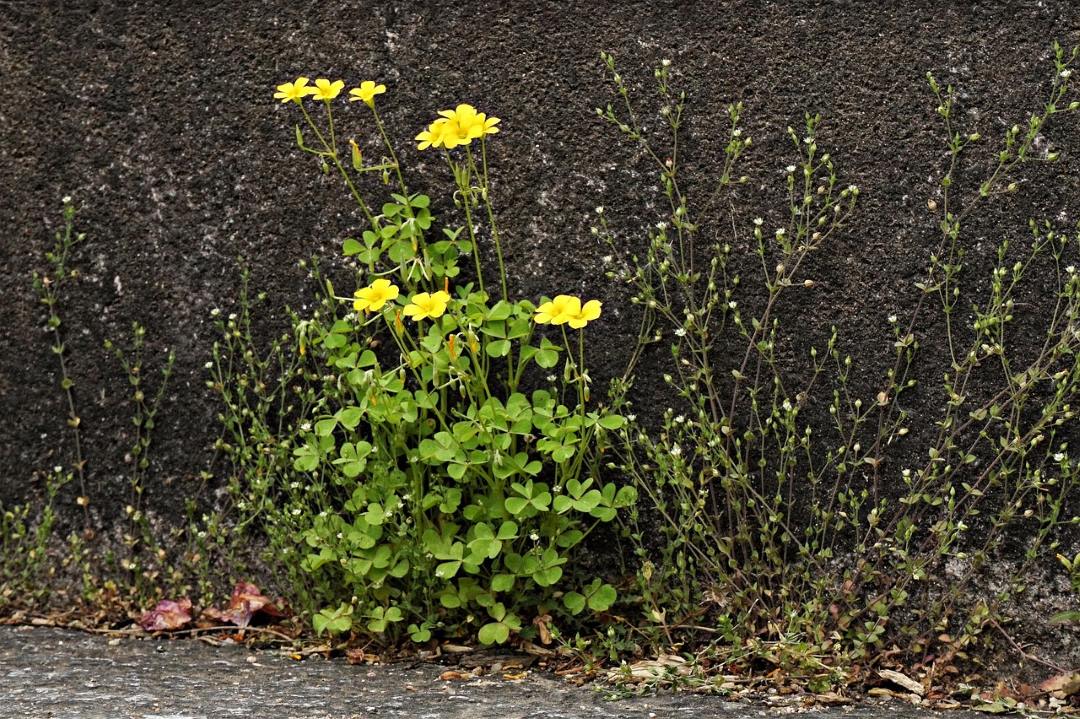
10. Bugloss
Bugloss, also called viper’s-bugloss and adderwort, is an attractive plant with tiny blue flowers. However it multiplies very quickly (the seeds can be transported on clothing or animal fur) and has strong, deep roots so can become invasive.
Bugloss thrives in cool, damp conditions so you might have a problem with it around a pond. Dig deeply to remove all the roots and keep checking as seeds will probably remain in the soil.
What to look for:
- Delicate blue blooms
- Hairy, lanceolate leaves
- Up to 90cm high
- Common near ponds
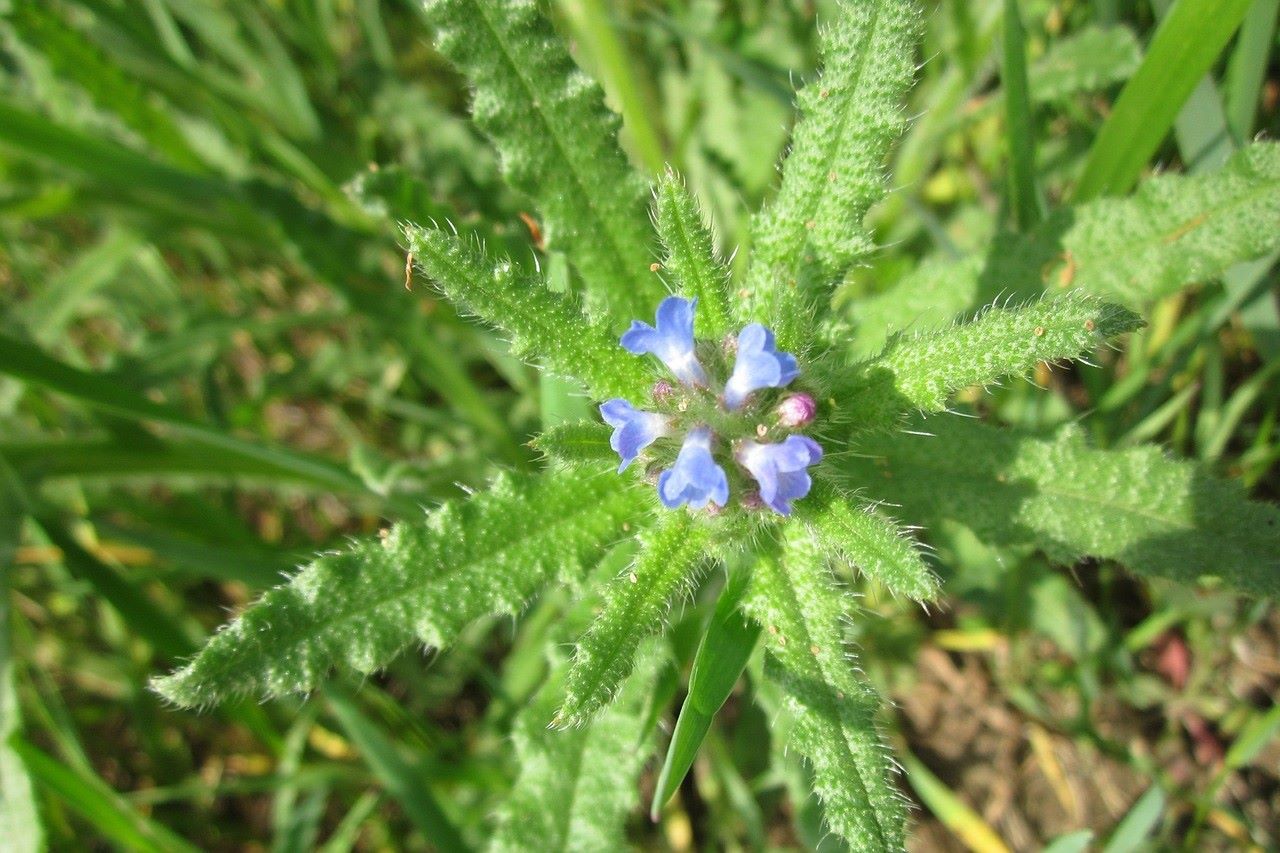
Three dangerous weeds
1. Himalayan Balsam
Introduced by the Victorians, who thought it was pretty, this plant is so invasive that it’s illegal to grow it or even move soil which contains its seeds. It grows so fast that it quickly wipes out all other plant life in the area. Pull it up by the roots and burn it. Do not compost it or put it in a green waste bin.

2. Japanese Knotweed
Japanese Knotweed can grow through buildings, foundations, cables and piping, causing massive damage to property. It’s illegal to allow Japanese Knotweed to spread and it must be declared if you sell your house. You must notify the Environment Agency if you plan to burn or bury it, and so this one is probably best left to the professionals.
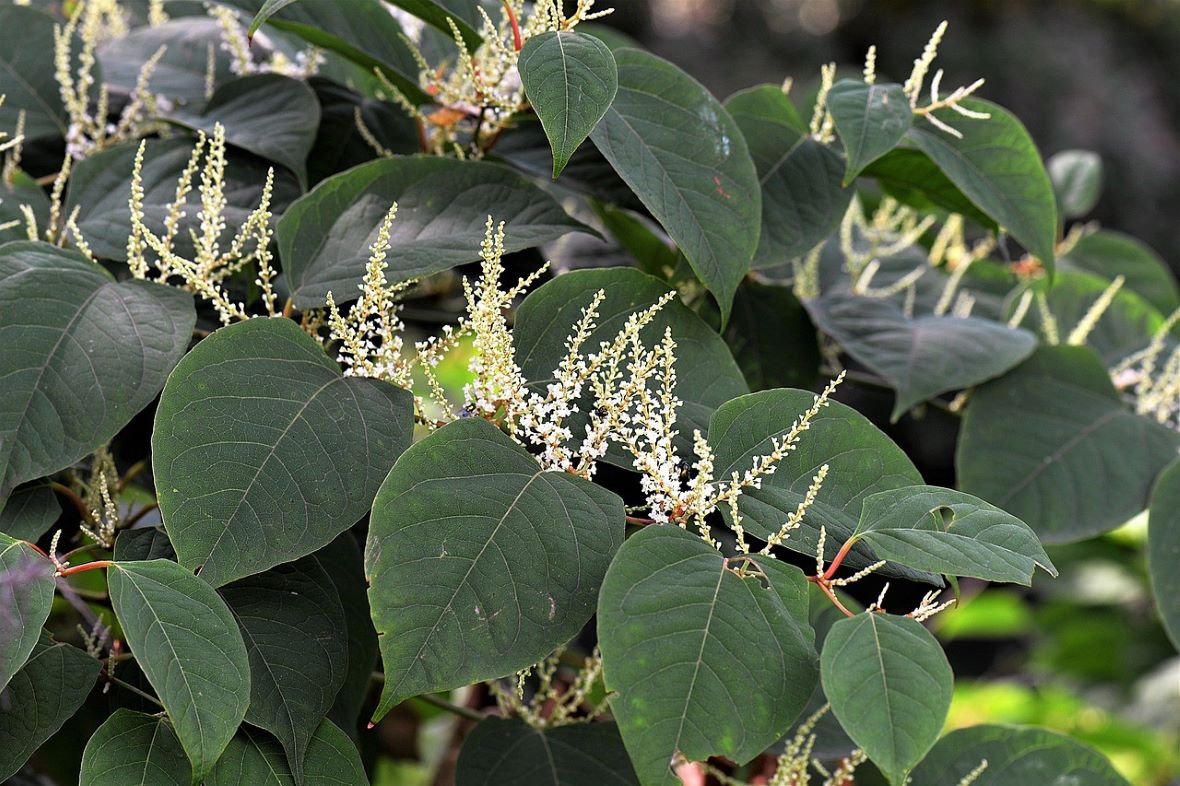
3. Giant Hogweed
The sap of this plant causes serious burns by making the skin extremely sensitive to sunlight. If you do get any on your skin, wash it off immediately, seek medical advice and stay out of the sun for a few days.
Again imported as a decorative plant in the 19th century, it’s now mainly found by river banks as the seeds are spread by water. We wouldn’t usually recommend the use of weedkiller, but in this case we’ll make an exception - another one to leave to the professionals.
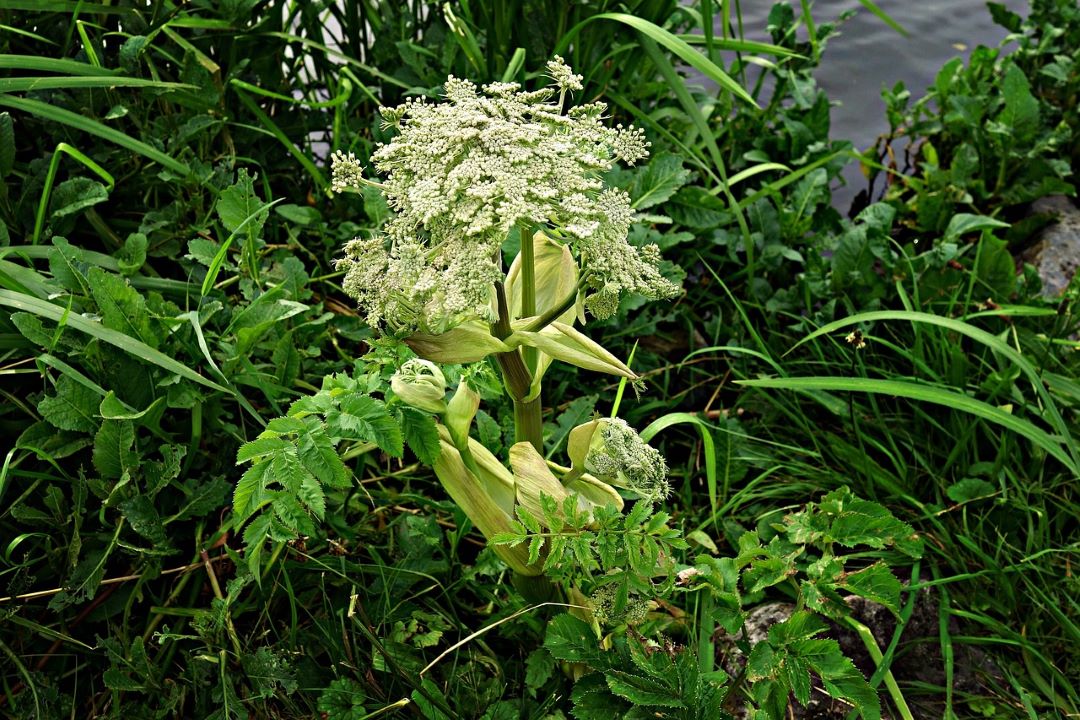
There are also some very good plant identification apps. Ultimately, if you can’t identify it, it isn’t doing any harm and it looks OK, the best policy may be to live and let live!
Last updated: 17/10/2025



